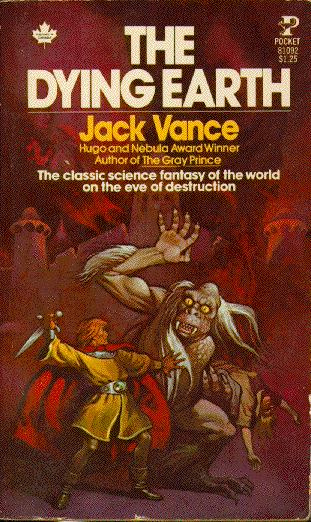NYTBR has got some interesting stuff going on this weekend, mostly in the form of its bylines. They’ve got William T. Vollmann reviewing Crossers by Philip Caputo, August Kleinzahler on a new biography of Thelonious Monk, Amy Bloom on a book about feminism (When Everything Changed: The Amazing Journey of American Women from 1960 to the Present), and George Packer on Mark Danner’s Stripping Bare the Body: Politics Violence War. Plus, you know, a bunch of other stuff. The usual run of whatever, plus as near as I can tell there seems to be only one new entry this week into the NYT’s famous vortex of nobody-gives-a-shit. That would be David Kamp (The United States of Arugala) reviewing the new Michael Chabon essay collection, Manhood for Amateurs (yikes!) which features that infamously stupid essay about childhood that made everyone hate him. Anyway, here’s the beginning of the Vollmann review:
Once when I was so weak with amebic dysentery that all time not spent on the toilet was passed in bed, I found in my host’s house one book in a language I could read. It was one of those storm-tossed but ultimately upbeat women’s romances, a genre I had not yet sampled. I read it, then read it again and again, since there was nothing better to do. If I ever have the luxury of repeating such an experience, I hope to do so with a Philip Caputo book. For how many decades in how many used bookstores have I seen “Horn of Africa” standing steadfast, a Rock of Gibraltar compared with the mere boulders of Ken Follett and Sidney Sheldon? And only now, with a half-century of my life already over, have I finally learned whom to turn to for a good potboiler in my next wasting sickness!
Palette, cleansed.
The subconscious syntax of Michæl Chabon’s hair
Michæl Chabon can’t keep it up — that wisp of hair that seems to always hang on his forehead all the time. At first glance, one sees a random tuft from a man perhaps too deep in thought to use a comb more than once a day; but I started noticing that these locks made grammatical marks, as if to suggest “don’t just read my book, read my face.” I once went to a Chabon reading at the public library. He called the organizers from his cell phone minutes before the event claiming public transit was crazy. “More fountain water for me,” I thought.
The following is a list of the subconscious syntax of Michæl Chabon’s hair, including excerpts which illustrate said grammatical functions.
1. The Apostrophe

Chabon is not in the business of the avante garde, so there will be no mind blowing today, just a pretty legit use of apostrophes. From The Amazing Adventures of Kavelier & Clay, which won the Pulitzer in 2001:
As soon as the German army occupied Prague, talk began, in certain quarters, of sending the city’s famous Golem, Rabbi Loew’s miraculous automaton, into the safety of exile.
That was a pretty nice use of two apostrophes, both as possessive ones. I tried to find apostrophes used as contractions, but couldn’t, so I’ll put some of my own. I have a feeling maybe good writers aren’t supposed to use contractions. Ain’t that shit.

